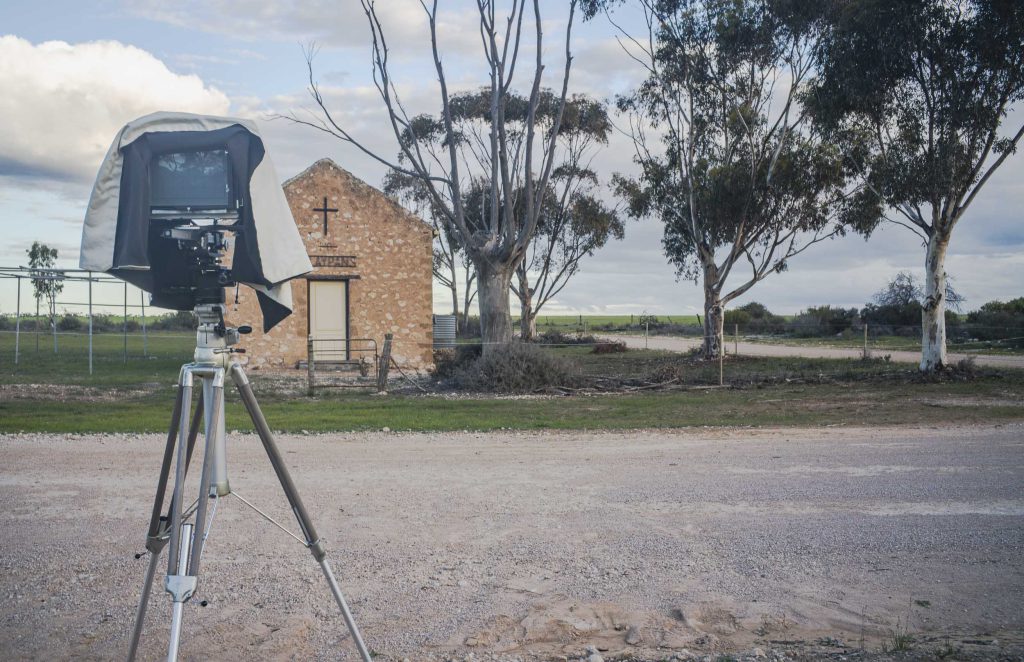There is a history of distrust of images as their sensual appearance is interpreted by a scientific culture as ambiguous and misleading with respect to the creation, dissemination and preservation of knowledge. The reason for the distrust is that meaning is hard to pin down and not certain.

The cultural turn, however, foregrounds the idea of photographic images that bring back the past as creating narratives or stories. The standard narrative or interpretation of the memories of mallee history is one of the mallee plant species being regarded as of little value (ie., useless) by the white settlers, the scrub cleared for dryland agriculture, the disastrous droughts in this marginal land, the land being tamed and bought under control through technology and that better times lie ahead.
The counter narrative is the environmental damage shaped by a colonial legacy of water dreaming (drought proofing the land), the introduction of exploitative farm practices to a fragile eco-system, and the increasing vulnerability of the family farms in an agri-industrial present. In this counter-narrative drought is a cultural concept —the rhetoric of fighting the millennium drought, the human despair and stories of lived experience and survival — as well as the frequent geo-physical absence of rain or water in the Australian climate.
As such the photographic image, in opening the door to lost memories and histories, is part of an ongoing conversation about rural histories, rural decline and the uncertainity of the futures of the Mallee lands within the political economy of agriculture. It is a conversation about rural crisis narratives rather than the myths about rural battlers and national identity.


[…] 1 2Tags:hauntology history South Australia Previous PostClaypans: memories + history […]